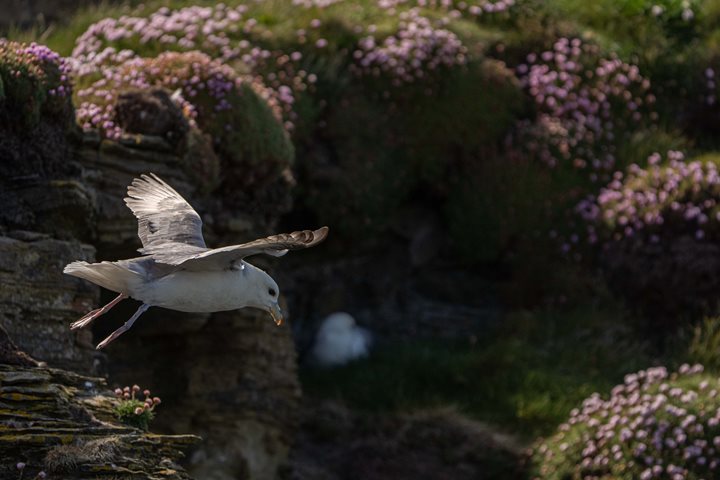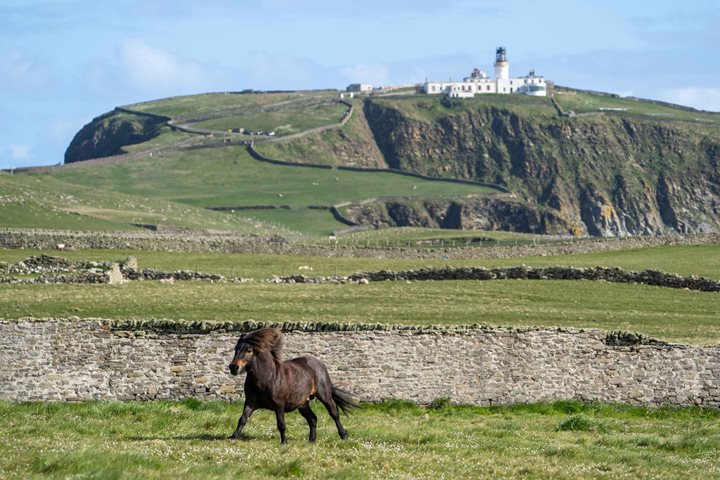We have arrived to County Donegal on the very northwestern edge of Ireland. Killybegs, the second largest seaport in Ireland, was our gateway to exploring this incredible Gaeltacht region, which is predominantly Irish speaking and is still very rich in cultural traditions. Some of us hiked the hills and cliff edges surrounding Glencolmcille, the village named after St. Colmcille, who is the patron saint of Donegal. Others visited local archaeological sites to explore Ireland’s ancient past. Some of us delved into local wool milling traditions by exploring how world-famous Irish woolen garments, such as tweed and blankets, are made.
5/23/2025
Read
National Geographic Explorer
Aberdeen
Blue skies, a comfortable temperature, and a gentle breeze accompanied guests as they enjoyed visiting the beautiful Aberdeenshire countryside and the city of Aberdeen. As guests disembarked for their morning activities, a lone piper played traditional tunes at the foot of the gangway, a very warm greeting to Aberdeen that further enhanced our overall Scottish experience. While some guests had the opportunity to visit Highland Cattle and Scottish Blackface sheep at a nearby farm, others were able to spend a wonderful morning at either Drum Castle or Crathes Castle. Castle visits included a guided tour of these fortified homes and were followed with independent time, during which guests enjoyed walking through the beautiful gardens and woodlands. For those guests that participated in the city tour of Aberdeen, the sunny conditions highlighted the ornate structures of the Granite City, so named because many of the buildings are constructed of the rock that is found in the hillsides surrounding the city. A glorious morning was enjoyed by all in this remarkable city and its surroundings.







